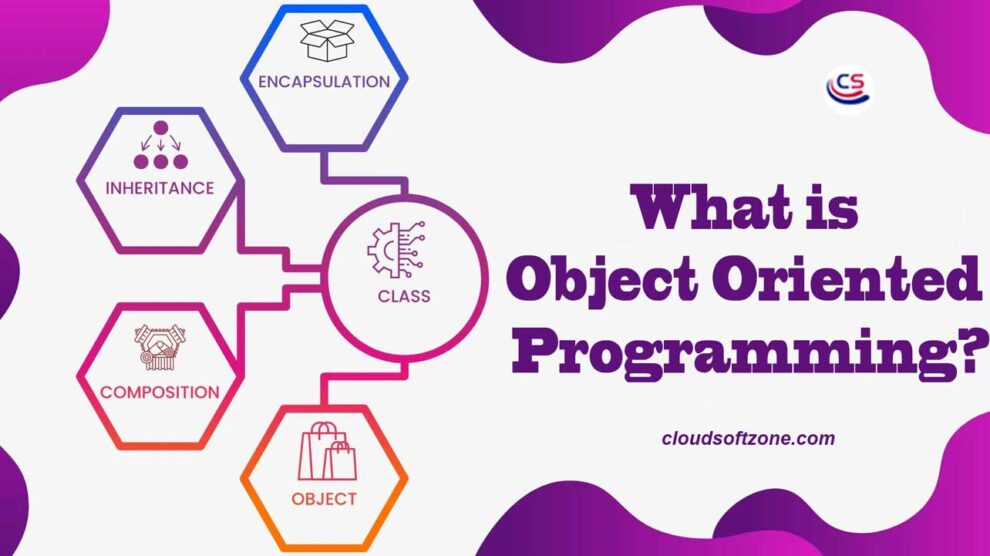Object-Oriented Programming (OOP) is a programming paradigm or methodology that uses objects as the fundamental building blocks for creating software. It’s a way of organizing and structuring code to represent real-world entities, their properties (attributes), and the actions (methods) that can be performed on those entities. OOP is based on a few core principles:
- Objects: In OOP, an object is a self-contained unit that represents a real or abstract entity. Objects have both data (attributes or properties) and behavior (methods or functions). For example, in a car rental system, a “Car” object might have attributes like “make,” “model,” and “year,” and methods like “start” and “stop.”
- Classes: A class is a blueprint or template for creating objects. It defines the structure and behavior that objects of that class will have. A class is like a cookie cutter, and objects are the cookies you create from it. Using the car rental system example, a “Car” class would define what attributes and methods a “Car” object should have.
- Encapsulation: Encapsulation is the concept of bundling data (attributes) and methods (functions) that operate on that data into a single unit (an object). It also involves restricting access to certain parts of an object to prevent unintended modifications. This helps in data hiding and promotes modularity.
- Inheritance: Inheritance is a mechanism that allows you to create a new class (called a subclass or derived class) based on an existing class (called a superclass or base class). The subclass inherits the attributes and methods of the superclass, allowing for code reuse and creating a hierarchical relationship between classes.
- Polymorphism: Polymorphism means “many shapes” and refers to the ability of objects of different classes to be treated as objects of a common superclass. This allows you to write code that can work with objects of various types without knowing their specific class. Polymorphism is often achieved through method overriding and interfaces in many OOP languages.
The main benefits of OOP include:
- Modularity: Code is organized into self-contained and reusable objects, making it easier to manage and maintain.
- Code Reusability: Classes and objects can be reused in different parts of the program, reducing duplication and promoting efficient development.
- Abstraction: OOP allows you to model complex systems by abstracting away unnecessary details and focusing on high-level concepts.
- Encapsulation: Data hiding and encapsulation enhance security and prevent unintended interference with object internals.
- Inheritance: Allows you to create a hierarchy of classes, inheriting and extending functionality from existing classes.
- Polymorphism: Promotes flexibility by allowing different classes to be treated as instances of a common superclass.
Common programming languages that support OOP include Java, C++, Python, C#, and PHP, among others. OOP is widely used in software development because of its ability to model complex systems and promote code organization and reusability.













You need to be a part of a contest for one of the greatest websites on the web. I will recommend this web site!